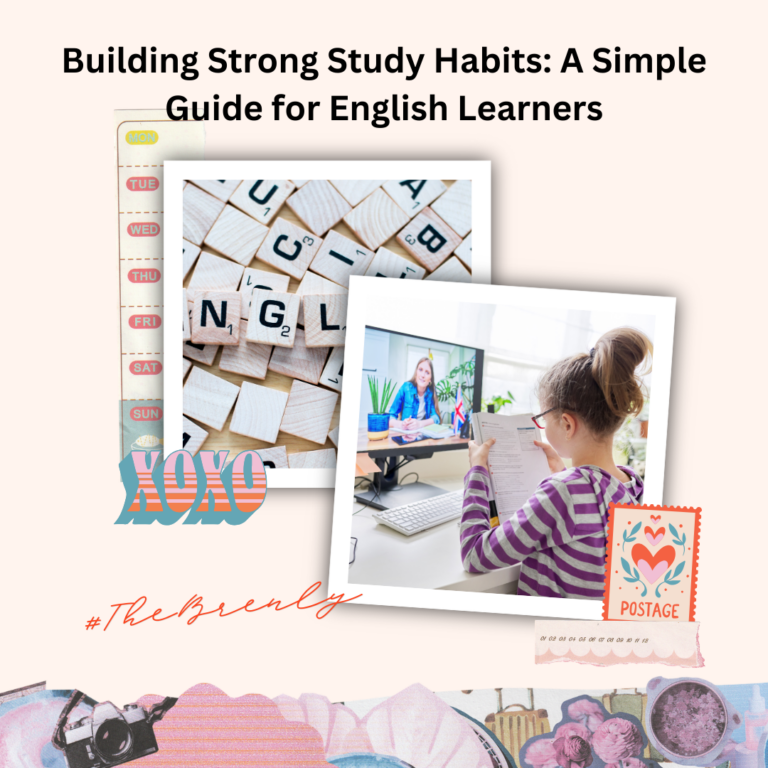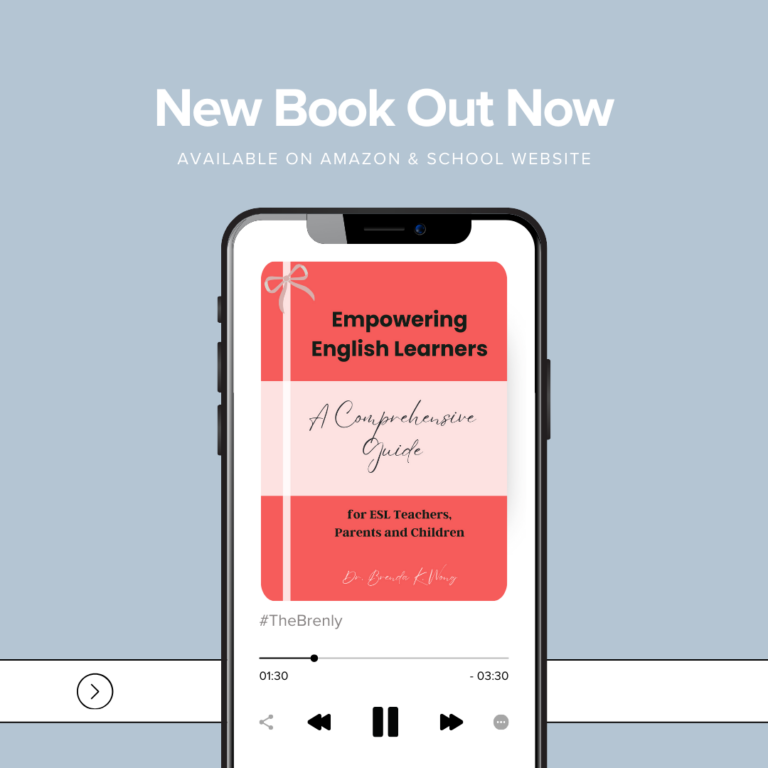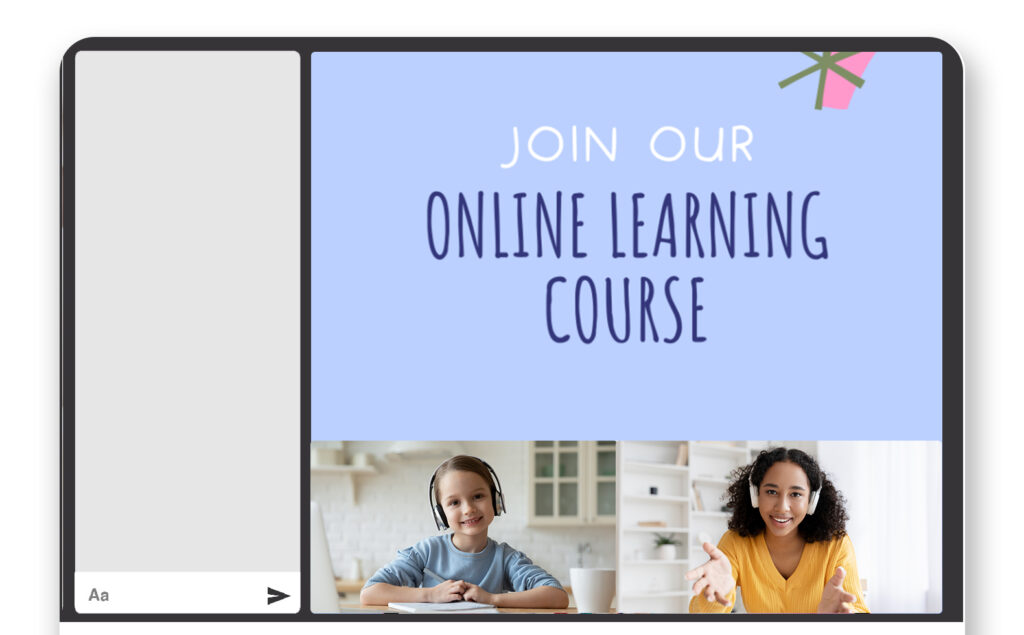How to Become a Successful ESL Teacher: Certification, Lesson Planning & Teaching Tips
Are you thinking about becoming an ESL teacher? Whether you’re a seasoned educator or making a career switch, teaching English as a Second Language (ESL) can be both rewarding and in demand.
In this comprehensive guide, you’ll learn how to get certified, design engaging lessons, find reliable resources, and launch your ESL teaching journey with confidence.
Do You Need TESOL Certification to Teach ESL?
Quick Answer: Yes.
While some informal platforms may not require certification, most employers, schools, and countries do. A TESOL (or TEFL) certification demonstrates that you understand key principles of classroom management, language acquisition, and student engagement.
Benefits of certification:
Higher employment opportunities
Better pay
Improved student outcomes
Greater confidence in your teaching
Flexibility to teach online or abroad
What Is ESL Teaching?
ESL teaching involves helping non-native speakers learn English in a variety of contexts—whether in schools, online classrooms, or corporate settings. Your students might be young learners, adults, professionals, or newcomers to English-speaking countries.
Common ESL teaching environments:
- Public or private schools
- Language academies
- Online teaching platforms
- Private tutoring
- Corporate training sessions
Your goal is to help learners speak, read, write, and understand English with increasing fluency and confidence.
Step-by-Step: How to Become an ESL Teacher
Ready to start teaching? Follow this practical roadmap:
- Get Certified (TESOL, TEFL, or CELTA)
Choose a certification program (usually 100–120 hours) that covers:
Lesson planning
Classroom management
Teaching methodologies
Practice teaching sessions (ideally)
Tip: Look for accredited programs, whether online or in-person.
- Decide Where You Want to Teach
Do you prefer:
Teaching online from home – offers flexibility and global reach
Teaching abroad – enjoy cultural immersion and travel
Teaching locally – work in schools or community programs
Each path comes with different requirements and benefits.
- Build Your Resume & Teaching Portfolio
Even as a beginner, you can stand out by including:
Your certification details
Volunteer or tutoring experience
Sample lesson plans
Demo teaching videos
Language or intercultural skills
- Apply and Start Teaching
Top ESL platforms and job boards:
VIPKid
Preply
iTalki
Teach Away
ESL job boards & Facebook groups
Lesson Planning for ESL Teachers: A Simple Framework
Effective lesson planning doesn’t have to be complicated. Use this tried-and-true format:
🔹 Warm-Up (5–10 minutes)
Icebreakers or quick review games
Activate prior knowledge
Example: “What’s your favorite food and why?”
🔹 Presentation (10–15 minutes)
Introduce vocabulary or grammar
Use visuals, props, or videos
Keep it simple and relevant
🔹 Practice (15–20 minutes)
Allow students to repeat and use the language
Use matching, gap-fills, or role-play
Include pair or group work
🔹 Production (10–15 minutes)
Students use language creatively and independently
Activities like short presentations, writing, or recordings
🔹 Wrap-Up (5 minutes)
Review key points
Let students reflect on what they learned
End with a game or self-assessment
Tip: Always plan more than you think you’ll need—flexibility is key!
Top Resources for ESL Teachers
Save time and boost lesson quality with the right tools. At The Brenly, we offer classroom-tested materials for all ages and levels.
🔹 ESL Resource Packs:
- Everyday English for Adults
- Grammar Games for Kids
- Business English Starter Pack
- Speaking Cards for Fluency Practice
🔹 Recommended Websites:
Teaching Tips from ESL Experts
Experienced ESL teachers suggest:
- Use real-world materials (menus, brochures, job ads)
- Speak clearly, not artificially slowly
- Repeat and recycle language often
- Balance all four skills: listening, speaking, reading, writing
- Correct errors gently and encourage effort
- Keep lessons interactive and student-focused
Pro Tip: Small changes—like clearer instructions or pacing—can make a big difference.
Where Can ESL Teachers Work?
ESL teaching is a truly global profession. Here are your options:
🌍 Teaching Abroad:
- South Korea
- Japan
- Spain
- Thailand
- Saudi Arabia
Some government programs even offer free housing and travel support.
💻 Teaching Online:
- The Brenly
- VIPKid
- Cambly
- Preply
- iTalki
- Open English
🏫 Local Opportunities:
- Community centers
- Language schools
- Refugee programs
- Private tutoring
ESL Teaching FAQs
➤ Is ESL teaching a good career?
Absolutely. It’s flexible, meaningful, and allows for cultural exchange. Many teachers say it’s one of the most rewarding jobs out there.
➤ What’s the difference between ESL and EFL?
ESL: Teaching English in an English-speaking country
EFL: Teaching English in a non-English-speaking country
➤ Can I teach ESL without experience?
Yes! Many online platforms and volunteer programs welcome beginners with certification and enthusiasm.
Start Your ESL Journey with The Brenly
At The Brenly, we’re more than a resource hub—we’re your partner in the ESL teaching journey.
You’ll find:
- Expert-crafted lesson plans
- Certification guidance
- Teaching strategy blogs
- Career support
- A vibrant teacher community
👉 Visit The Brenly today and download your first set of free ESL resources.
Let’s make learning English exciting—for you and your students.
Have some tips of ESL Teaching resources to share with the community? We’d love to hear them! Leave a comment below or send us an email!









